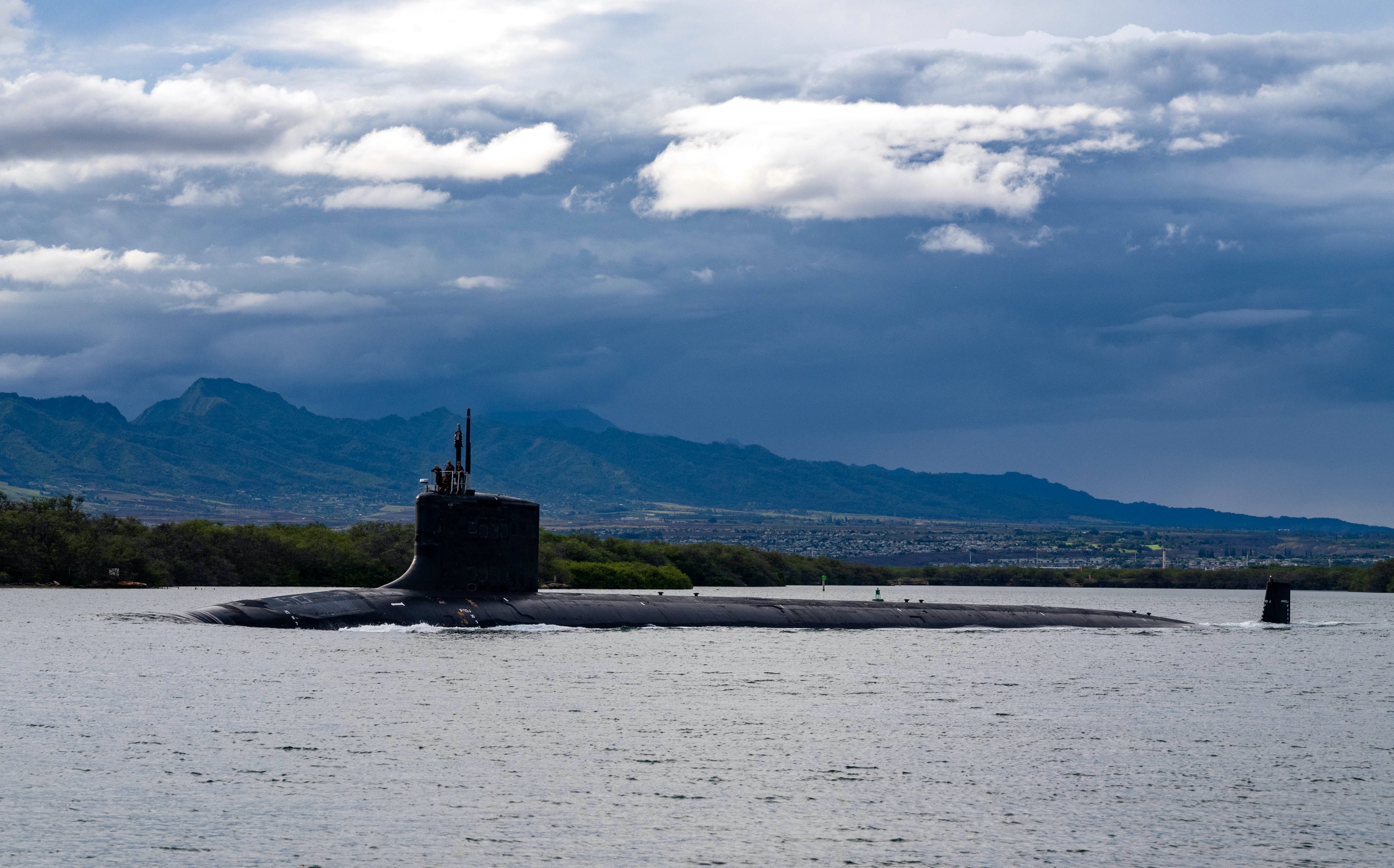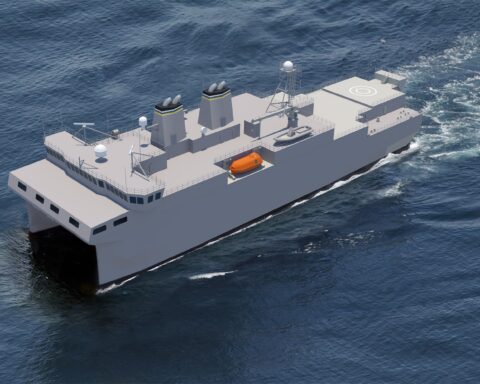The following is the Nov. 30, 2017 Congressional Research Service report, Coast Guard Polar Icebreaker Modernization: Background and Issues for Congress.
From the Report:
The Coast Guard’s proposed FY2018 budget requests $19 million in acquisition funding for a new polar icebreaker that the Coast Guard wants to begin building in FY2019. The project to acquire a new polar icebreaker was initiated in the Coast Guard’s FY2013 budget submission and has received about $190.6 million in acquisition funding through FY2017. The total acquisition cost of a new polar icebreaker had been estimated informally at roughly $1 billion, but the Coast Guard and Navy now believe the ship could cost less than $1 billion.
The operational U.S. polar icebreaking fleet currently consists of one heavy polar icebreaker, Polar Star, and one medium polar icebreaker, Healy. In addition to Polar Star, the Coast Guard has a second heavy polar icebreaker, Polar Sea. Polar Sea, however, suffered an engine casualty in June 2010 and has been nonoperational since then. Polar Star and Polar Sea entered service in 1976 and 1978, respectively, and are now well beyond their originally intended 30-year service lives. Coast Guard polar icebreakers perform a variety of missions supporting U.S. interests in polar regions.
A Department of Homeland Security (DHS) Mission Need Statement (MNS) approved in June 2013 states that “current requirements and future projections … indicate the Coast Guard will need to expand its icebreaking capacity, potentially requiring a fleet of up to six icebreakers (3 heavy and 3 medium) to adequately meet mission demands in the high latitudes….” The current condition of the U.S. polar icebreaker fleet, the DHS MNS, and concerns among some observers about whether the United States is adequately investing in capabilities to carry out its responsibilities and defend its interests in the Arctic, have focused policymaker attention on the question of whether and when to acquire one or more new heavy polar icebreakers as replacements for Polar Star and Polar Sea.
On October 26, 2016, the Coast Guard released a request for information (RFI) to receive industry feedback on its notional polar icebreaker acquisition approach and schedule. The summary of the RFI presents a notional schedule for acquiring three heavy polar icebreakers under which procurement of long lead-time materials for the three ships would start in the fourth quarter of FY2019, the second quarter of FY2021, and the second quarter of FY2022, respectively, and the ships would be delivered in the fourth quarter of FY2023, the second quarter of FY2025, and the second quarter of FY2026, respectively. The summary of the RFI states that the Coast Guard envisions having a single U.S. shipyard build all three ships under a contract with options.
On October 19, 2017, the Navy, in collaboration with the Coast Guard under an integrated program office for the polar icebreaker project, released a draft request for proposals (RFP) for the detail design and construction of one heavy polar icebreaker with options for two additional such ships. Industry responses to the draft RFP are due by December 11, 2017. A contract with options can be viewed as a form of annual contracting. An alternative would be to procure the three envisaged polar icebreakers with a block buy contract. Compared to annual contracting, a block buy contract would reduce the government’s flexibility regarding whether and when to acquire the second and third ships, and what design to build them to, and in return reduce the combined acquisition cost of the three ships. CRS estimates that using a block buy contract could reduce the combined acquisition cost of three heavy polar icebreakers by upwards of $200 million.
A congressionally mandated July 2017 report on polar icebreakers from the National Academies of Sciences, Engineering, and Medicine recommends using a block buy contract to procure a single class of four science-ready heavy polar icebreakers so as to meet (along with continued operation of Healy) U.S. needs for both heavy and medium polar icebreakers.
via fas.org





